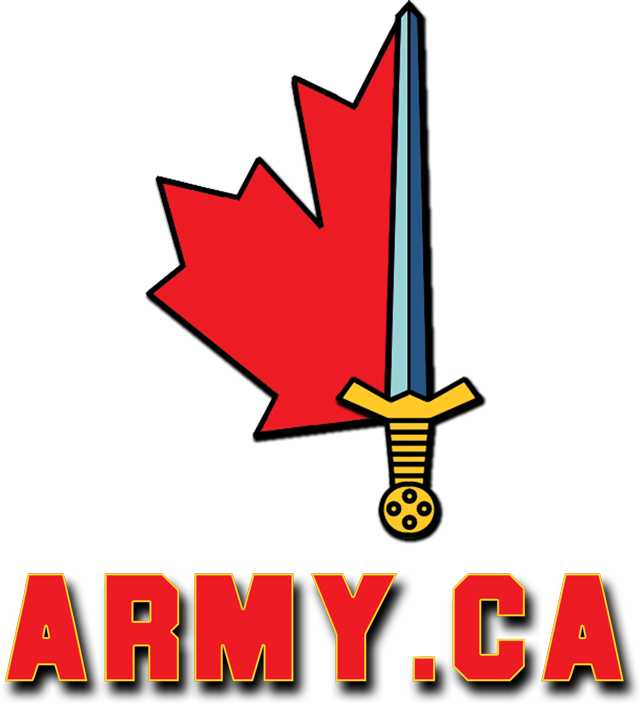KevinB
Army.ca Relic
- Reaction score
- 24,735
- Points
- 1,260
Canada will never have a fighter industry.I mentioned 65 because somewhere up thread we were told that was the actual commitment and the 88 number is a possible increase. 10-20 years is what I assume it would take us, Canada being Canada, to actually develop our own manufacturing capabilities….if we can do it faster that would be awesome. I always thought the F15EX would be a great fit for us….but I want as much autonomy as possible.
The numbers are too small, and that aspect means it would only be a foreign design manufactured in Canada for an enormous surcharge.
Due to NORAD and NATO being tied to US sensors and infrastructure, I don’t know how viable it is to attempt to diversify.





